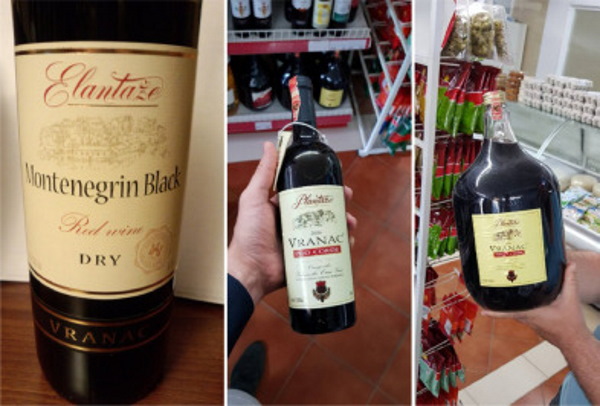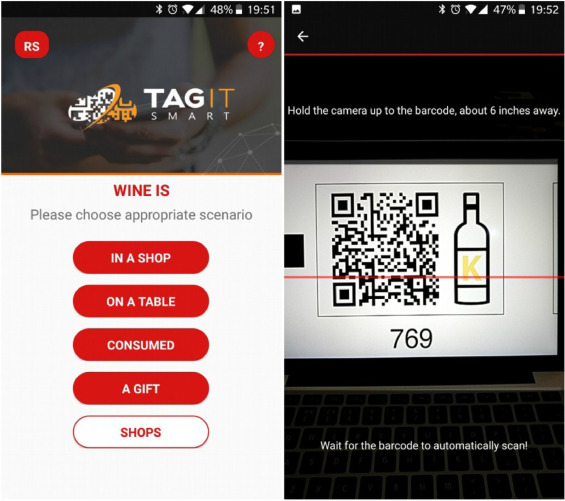
Montenegro is sometimes described as one of the best kept secrets of the wine sector, producing a wide array of high quality wines that belies the nation’s small size – but are also prone to counterfeiting.
There have been numerous cases of counterfeiting involving some of the best known Montenegrin wine brands, mainly concentrated in the Western Balkans and Eastern Europe, but a recent six-month pilot study suggest a possible way to protect the sector.
Writing in the journal Internet of Things, a team of researchers from Montenegro, Serbia, Finland and the Netherlands describe the use of smart tags applied to bottles of wine to provide track and trace capabilities, based on QR codes plus additional information printed using an invisible photochromatic ink.
The tags are activated by the flashlight on mobile devices during the scanning process, with storage and data analysis on the Microsoft Azure cloud, using the Horizon 2020 TagItSmart! platform and the GS1 Digital Link Standard.
Consumers can use a mobile app that provides an update on status and location of a bottle and can be “used to identify whether there is a potential counterfeit issue with that particular bottle,” according to the authors.
Before scanning, users are prompted to select the context of the wine bottle – in store, sold, or consumed – in order to provide additional information about each bottle as it moves through the supply chain.
The system should spot, for example, if a bottle previously marked as sold is found on the shelves, which could indicate reuse of an original bottle or its Smart tag.
Over the course of the pilot, there were 200 downloads of the mobile app and 500 scans by the public on bottles in the supply chain, with feedback provided in the form of 51 product quality ratings and 109 surveys, all carried out within the app.

“The pilot execution and surveying of the end users showed a great interest in the possibility of implementing such a system, added value for the users, and the potential of the concept to increase profits, support brand protection, and reduce possible health hazards,” according to the researchers.
There were some drawbacks to the system as tested. One was the use of photochromic ink, which showed a gradual loss of functionality, so might not be suitable for products with unlimited shelf-time such as wine.
The first batch of inks denatured within five to six months, for instance, although the team note that improved inks or other technologies could be used to improve longevity.
“Further research will explore the use of different types of smart tags and IoT sensors, employment of machine learning models that could be developed using the historical data collected over time, as well as the use of blockchain technology to store the product information and status updates,” the researchers conclude.
An analysis of the wine market worldwide suggests that the share of counterfeits in the wine industry is somewhere between 0.2 and 1 per cent, although some estimates are as high as 4 to 5 per cent.
©
SecuringIndustry.com
 | back to top
| back to top







